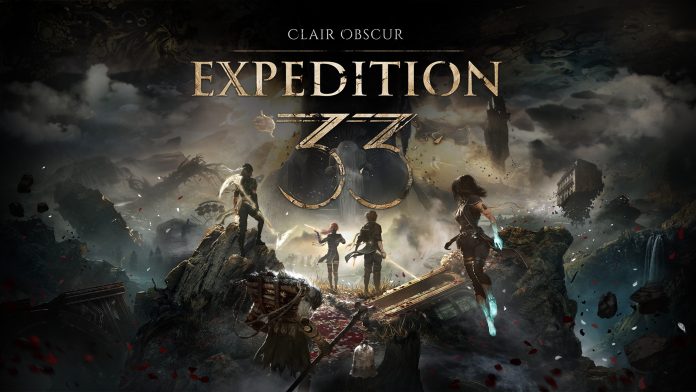When I rolled credits on Sandfall’s Clair Obscur: Expedition 33, I just sat there. Staring. Like my screen had just finished confessing something to me. And maybe it had. Maybe what this game does better than any other is not simply tell you a story, but force you to reckon with what stories are for. Not escapism, not distraction, but the ritual act of pressing into the darkest corners of who we are and finding, against all odds, a pulse still beating. I know it sounds dramatic, but play this game and tell me you don’t walk away changed. Seriously, please try.
Clair Obscur is set in a Belle Époque-style French fantasy world wrought with mystery and tragedy. The city of Lumiere is slowly dying; each year, a mysterious and seemingly divine entity known as the Paintress etches a number on her monolith. Each year, the number ticks downward. Whatever number she writes, those of that age or older immediately wither to dust, a fate the citizens refer to as “the gommage.” Following the yearly purge, a group of warriors, explorers, and academics undertake an expedition with the mission of destroying the Paintress and ending the cycle. But every year, each expedition fails, until we reach the start of our story with Expedition 33.
What elevates this story to masterpiece status isn’t just the bleak beauty of its world. The art direction is staggering: a surrealist fever dream where oil-painted skies stretch endlessly, cities crumble into pockmarked ruins, and monsters emerge not as villains but as grotesque reflections of your own fear. The turn-based combat system is riveting because it feels just as much a part of the world as the enemies you fight. With each attack, dodge, parry, you paint your own identity into the canvas. You make yourself known.
But beyond the visuals and systems, Clair Obscur has this unnerving way of holding up a mirror. Each companion in the expedition carries a burden so familiar it aches. A broken fighter who knows no life outside of loss. A lonely scholar who clings to knowledge as the final hope against a literal god. A child who still believes in hope, not because she’s naïve, but because she’s too young to be jaded yet. They are not archetypes—they are us. And walking beside them, watching them fracture and sometimes heal, I felt exposed in ways I did not ask for but desperately needed.
And here’s the kicker: the game does not care whether you save the world. Because you won’t. It is not designed to be “won” in the traditional sense. It is designed to be endured. To remind you that every step, every choice has a consequence. Every loss leaves a scar and burns into your convictions. Every step toward the Paintress is an act of rebellion, a refusal to go quietly into that gommage. The greatest game ever made is the one that teaches you to grieve with grace, to love in futility, to hope when hope is unreasonable.
Even as I write this, I find myself reflecting on the wise words of Esquie, the game’s lovable goofball: “Losing a rock is better than never having a rock.” And maybe that’s the whole truth of it. Games often celebrate victory; Clair Obscur: Expedition 33 celebrates the burden of deciding what “victory” is, and who it is for.
So yes, I’m serious. This is the greatest game ever made. Not because it will leave you smiling. Not because it will make you feel powerful. But because it dares to make you feel small, mortal, breakable, and that those qualities inform the world and canvas upon which you will paint.
